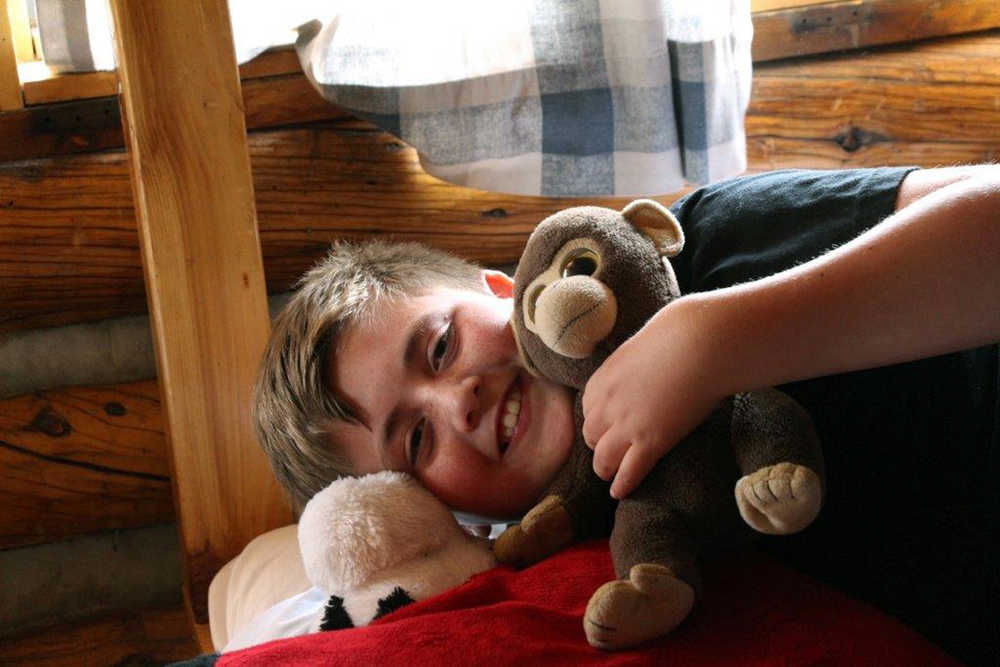NEW YORK — Audra Friis has already decided on a Long Island day camp for her 7-year-old daughter and 5-year-old son. She’s confident her oldest will do just fine after attending other day camps, but she’s a tad worried her first-timer will have trouble settling in.
“He doesn’t transition as easily as his older sister,” Friis said. “It’s definitely a high-energy camp. My whole issue is really the high energy and the overstimulation. Kids respond to that or they don’t.”
While some kids prefer to know all the details of a new experience, she thinks a less-is-more approach to preparing her kindergartner is the way to go. With sign-ups for day and sleepaway programs under way, she’s not the only parent looking ahead to easing that transition.
“Instead of filling his head with all of the things that he’s going to be doing that would ordinarily get somebody excited, he might back away and decide it doesn’t sound like fun,” said Friis, who lives in Commack, New York. “It took him a few weeks to get used to the idea of a fire drill at school, with the loud noises and everything, and now he’s OK because he knows what it is.”
Camp directors and consultants think there’s no one way to prep new campers since a child’s personality and the care taken in choosing a camp play key roles, but there are things parents should avoid doing and saying.
Never, for example, promise a child heading off to sleepaway camp for the first time that they’ll be picked up early if they get homesick.
“Kids shouldn’t go into it with the feeling that they have an out. Start with an attitude of excitement and enthusiasm and confidence,” said Laurie Kaiden, who calls herself a Campcierge for her work connecting parents with the Maine Camp Experience, a group of 32 camps there.
She’s also a mom. Her 9-year-old daughter went to sleepaway for the first time last summer without a hitch and her 6-year-old daughter attends a day camp that requires a 45-minute bus ride each way. For the long bus ride, she recalls packing an extra snack for the return trip home, assuring her daughter that she was going to have a great time, and that’s about it.
“My kids didn’t have a transition problem and I think the reason is because it’s all been a transition. Before they went to the day camp that’s 45 minutes away they went to a local camp that was five or 10 minutes away, that I drove them to.”
Kaiden’s oldest had the benefit of a “sleep week” at her day camp before heading off to overnight camp the following summer. The family also stepped up her sleepovers at friends’ homes.
Trial or introductory programs are a good idea for parents who aren’t sure whether their kids will do well in a day program or far from home. Many sleepaway camps offer “taster” sessions of one to two weeks.
David Seddon is a former camp counselor who trains staff and works with parents as director of the Frost Valley YMCA sleepaway camp program for younger kids, in Claryville, New York. He recommends a one-week trial session for first-timers.
Whether it’s taking on a new activity or trying a new food, Seddon said parents should talk with kids before the season starts about what they expect from them.
“What is it that you’re sending them to camp for? A lot of kids come to camp and they really don’t know why they’re here,” he said.
Parents also should realize that kids might end up liking things at camp that they wouldn’t try at home, Seddon said.
“Sometimes we get a camper information form that says he won’t eat anything and then he gets to camp and he eats everything. They go home with a completely different diet just because they’ve been away from their parents and tried new things,” he said.
Seddon agreed that “overtalking” the details ahead of time — how many activities are crammed into a day, say, or what the showers are like — might create undue anxiety.
Logistics will work themselves out with the help of counselors, he said. And lots of camps try to create some familiarity for newcomers through videos, home visits and group meet-ups.
Lindsay Davis, who works with sick kids and their families as a certified child life specialist at the Children’s Hospital at Montefiore in the Bronx, has chaperoned young sickle-cell patients at a camp in Ashford, Connecticut, called Hole in the Wall Gang. She suggests that parents be as detailed as possible on camp forms that ask them to describe their kids.
Perhaps most importantly, she advises: “Remind (kids) there is no right or wrong way to experience camp. Their job is to just relax and have fun.”

